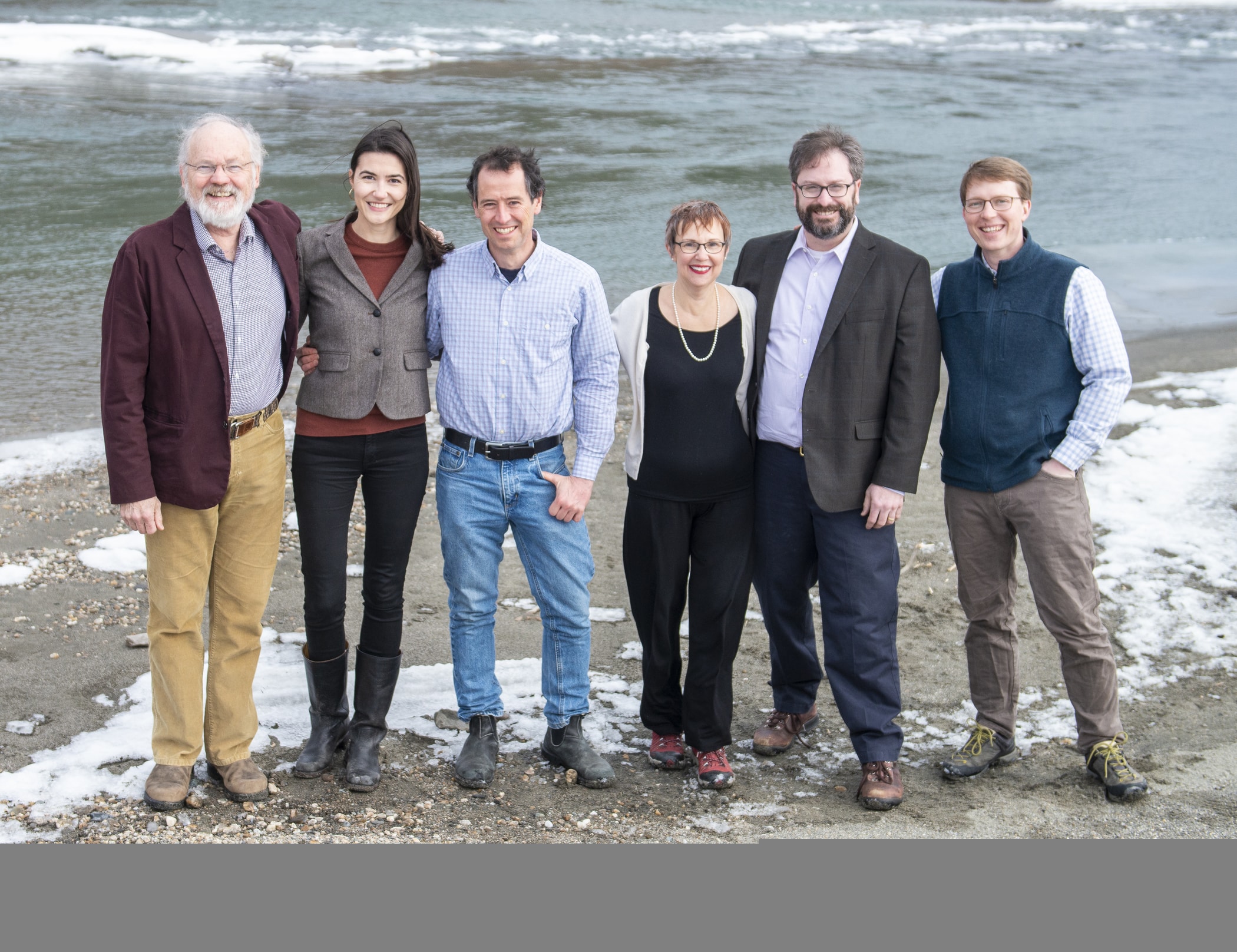October 12, 2020
For evidence of Vermont’s unusually dry summer season, look no further than Vermont Law School’s backyard. This past summer the White River—a mecca for swimmers, tubers, fishers and kayakers that flows past campus—dropped to its lowest level in years.
“Water levels in Vermont and across much of New England are scary right now. Fish are stressed and schooled up next to cool-water springs and the mouths of tributaries”, said Mason Overstreet MELP’13/JD’16/LLM’19, who is an avid fly fisherman, whitewater paddler, and an Environmental Advocacy Clinic (EAC) Staff Attorney. “The drought is a wake-up call that Vermont is not immune to the effects of climate change.”
At the same time, demands for surface water from Vermont’s industrial, agricultural, and municipal users are growing, further stressing surface water levels strained from erratic weather patterns. That risk is magnified by a lack of clear policy. In particular, there is no permit system in place for most surface water diversions (the act of withdrawing water for a specific use, such as crop irrigation). That means diversions can occur essentially unnoticed and without regulation.
“The drought is a wake-up call that Vermont is not immune to the effects of climate change.”
– Mason Overstreet MELP’13/JD’16/LLM’19
That’s why Overstreet, along with student clinicians in the EAC, are working tirelessly to pass legislation aimed at protecting Vermont’s surface waters. Most recently, they represented a coalition of environmental organizations—including National Wildlife Federation and the Vermont Natural Resources Council*—to introduce and advocate for the new bill Act H.833, which officially became law last week.

Act H.833 will establish a Surface Water Diversion and Transfer Working Group to investigate the environmental, economic, and recreational impacts of surface water diversions. The group will research current surface water diversions in the state, evaluate the need for quantifying and regulating surface water diversion, and, if appropriate, propose legislative changes to protect the state’s watersheds.
“The group is tasked with giving the aquatic environment a voice at the negotiating table when multiple cumulative uses of the same surface water are under discussion,” said Grey Hagwood of Trout Unlimited State Council, one of the coalition members. “This would be a first in Vermont. We might actually know for the first time how much of our surface waters are diverted from our rivers, streams, lakes, and ponds.”
This summer, H.833 moved through the Vermont House of Representatives, followed by the Vermont Senate. Its passage is a major step in the right direction, says Overstreet.
“On first glance, it looks like a small piece of legislation,” Overstreet said. “But it’s a huge step forward toward Vermont proactively protecting its precious surface waters in an era of climate change and competing uses.”
*The coalition also included the Vermont State Council of Trout Unlimited, Greater Upper Valley Chapter of Trout Unlimited, MadDog Chapter of Trout Unlimited, Connecticut River Valley Chapter of Trout Unlimited, and Connecticut River Conservancy.